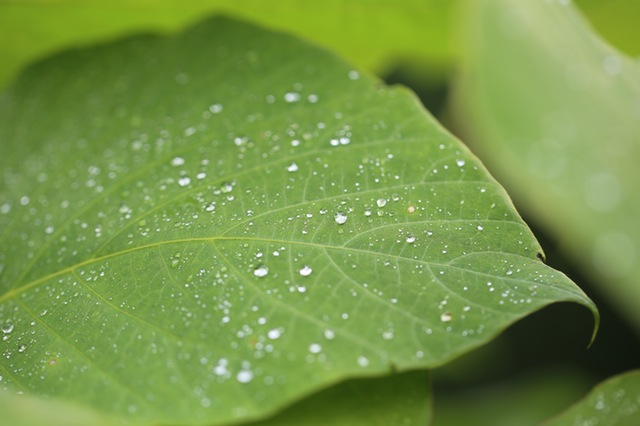Environment
The latest bionic leaf and how it makes the most efficient fuel

Recent scientific developments may have just made oil drilling obsolete, at least according to Harvard University’s Patterson Rockwood Professor of Energy, Daniel Nocera. His work with co-creator Pamela Silver, Harvard Medical School’s Eliott T. and Onie H. Adams’ Professor of Biochemistry, has just been released in the form of their new technology, a “bionic leaf” which turns carbon dioxide, water and sunlight into liquid fuel.
How is it different?
Touted as being even more efficient than nature in converting sunlight into energy, this current innovation is an improvement on the previously released bionic leaf technology, as it eliminates the extra step of turning hydrogen gas into liquid. According to Nocera, it also doesn’t create problematic reactive oxygen species and resulting bacterial DNA destruction, so the system can be run more easily at a much lower voltage.
Why is it better than currently available fuel?
Nearly 10% more efficient than nature’s photosynthesis process (nature performs photosynthesis at one percent efficiency while the leaf performs it at ten percent), this type of leaf uses sun power to split water molecules and hydrogen-consuming bacteria to create fuel. Since it doesn’t require the raising of crops like ethanol does, this efficiency and ease of production makes it even more eco-friendly and widely useful than the popular alternative energy. Additionally, since it extracts carbon dioxide directly from the air as it works, this bionic leaf provides the extra bonus of pulling extraneous amounts of CO2 from the atmosphere.
At the current time, the process involves placing the leaf between two layers of metal oxide catalyst and submerging it into water kept at room temperature, where the imitation photosynthesis occurs. Water molecules split into both hydrogen and oxygen molecules. The hydrogen is later fed to the bacteria along with carbon dioxide. Finally a uniquely designed bacteria finishes up by converting the carbon dioxide and hydrogen into isopropyl alcohol.
What does this mean for the future?
Dr. Silver hopes its uses will be even greater and far-reaching than that, though. She stated in Harvard Magazine that she’d prefer to use the leaf technology to ultimately “place high value commodities” like drugs and vitamins into remote regions currently without access. She elaborates that since fuel has been the basis of many of the world’s wars, this much cheaper version of fuel may alleviate those issues and some aspects of worldwide deprivation, including the possibility of lowering food prices. Further benefits suggest this process may improve on already existing solar power as well, since its efficiency likely exceeds that of currently available solar panels.
But they aren’t done improving on the propensities of the bionic leaf yet. According to Nocera, he isn’t satisfied with just out-performing nature at ten percent efficiency—he hopes to bring it up to eighty percent efficiency before he’s finished.





0 comments